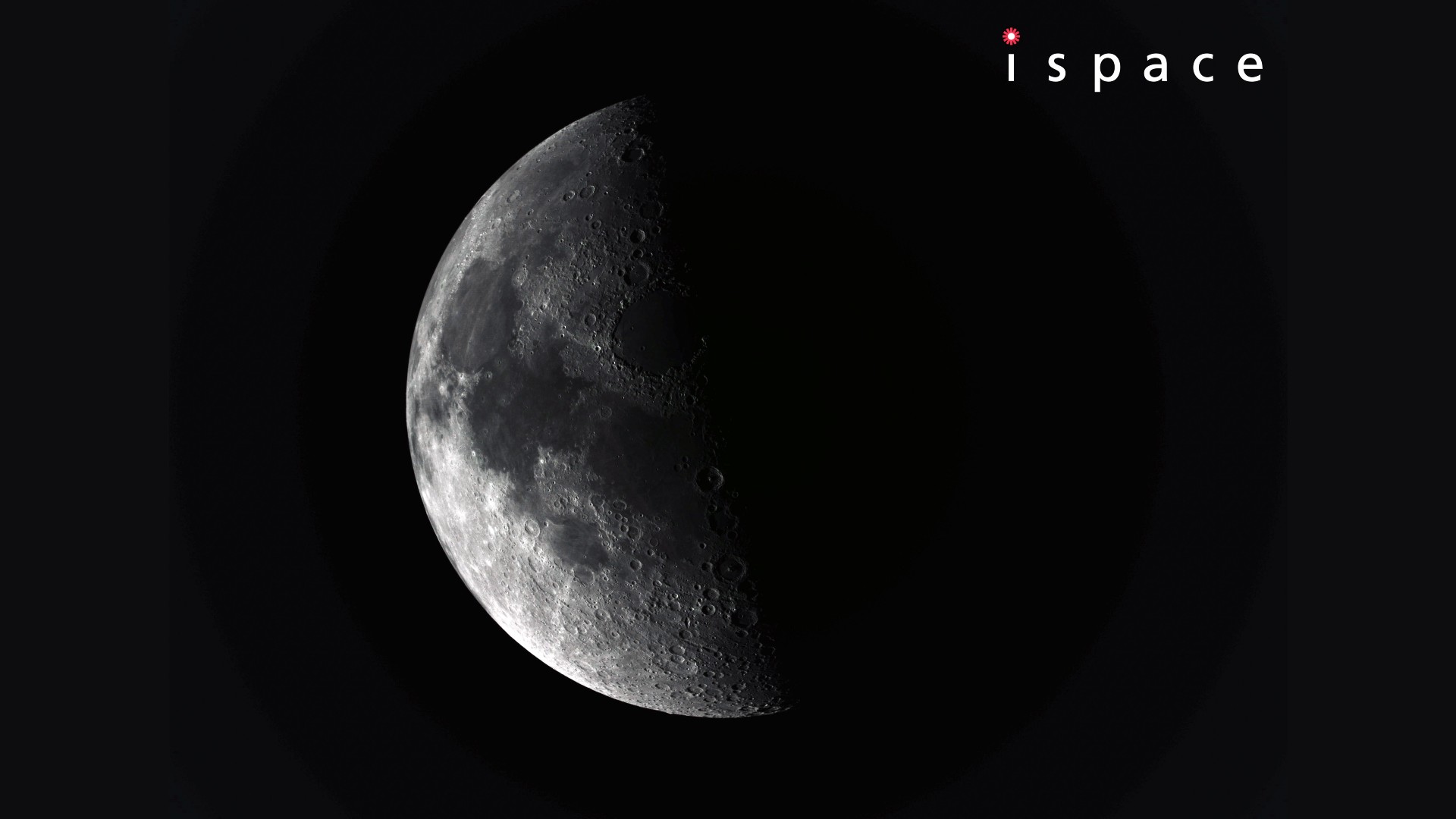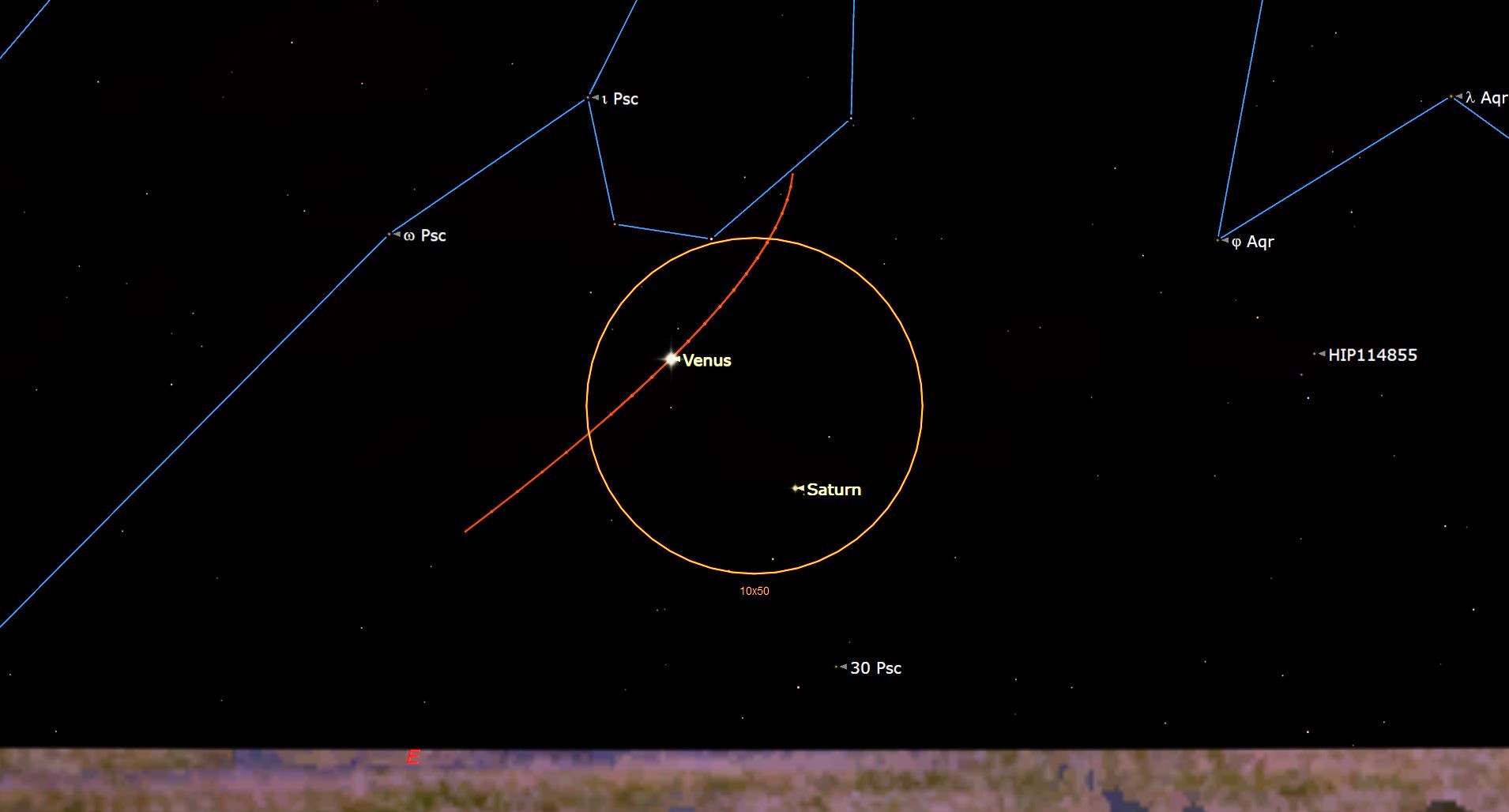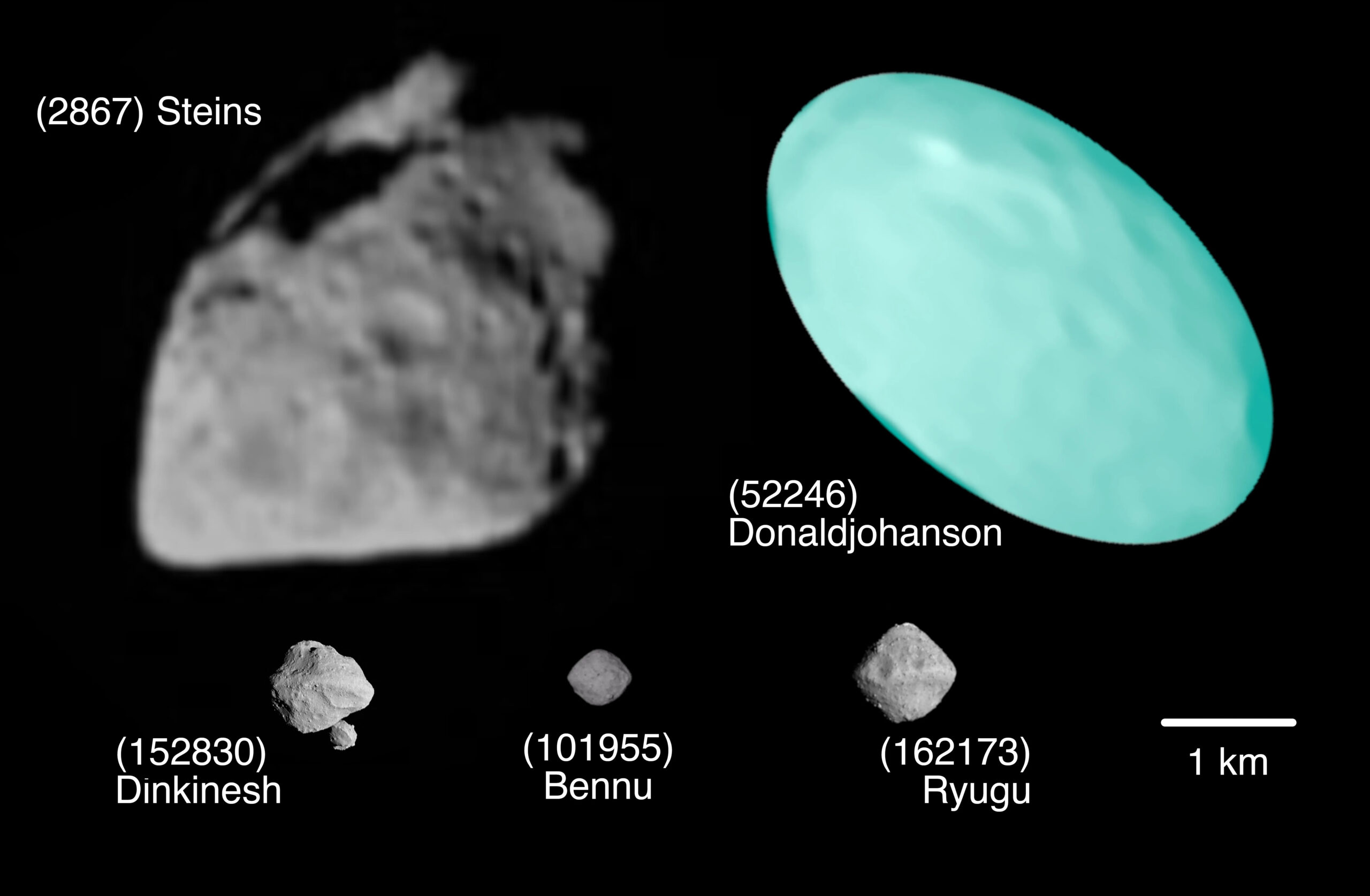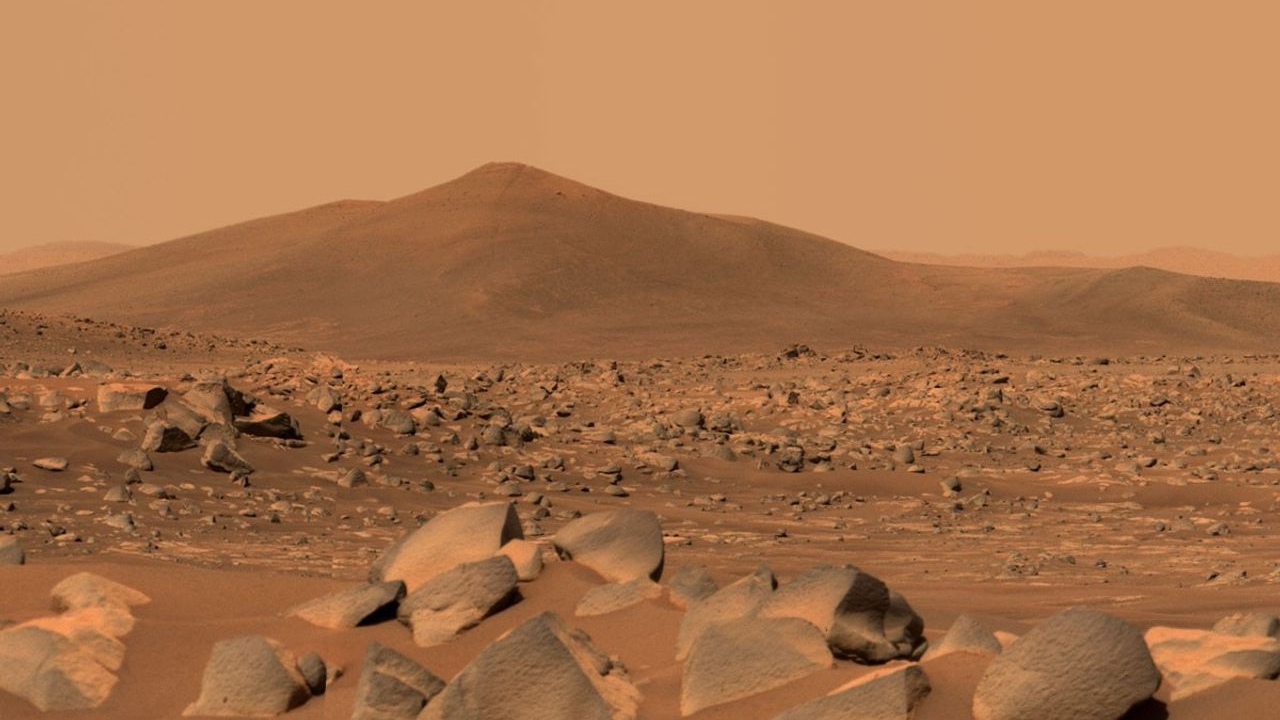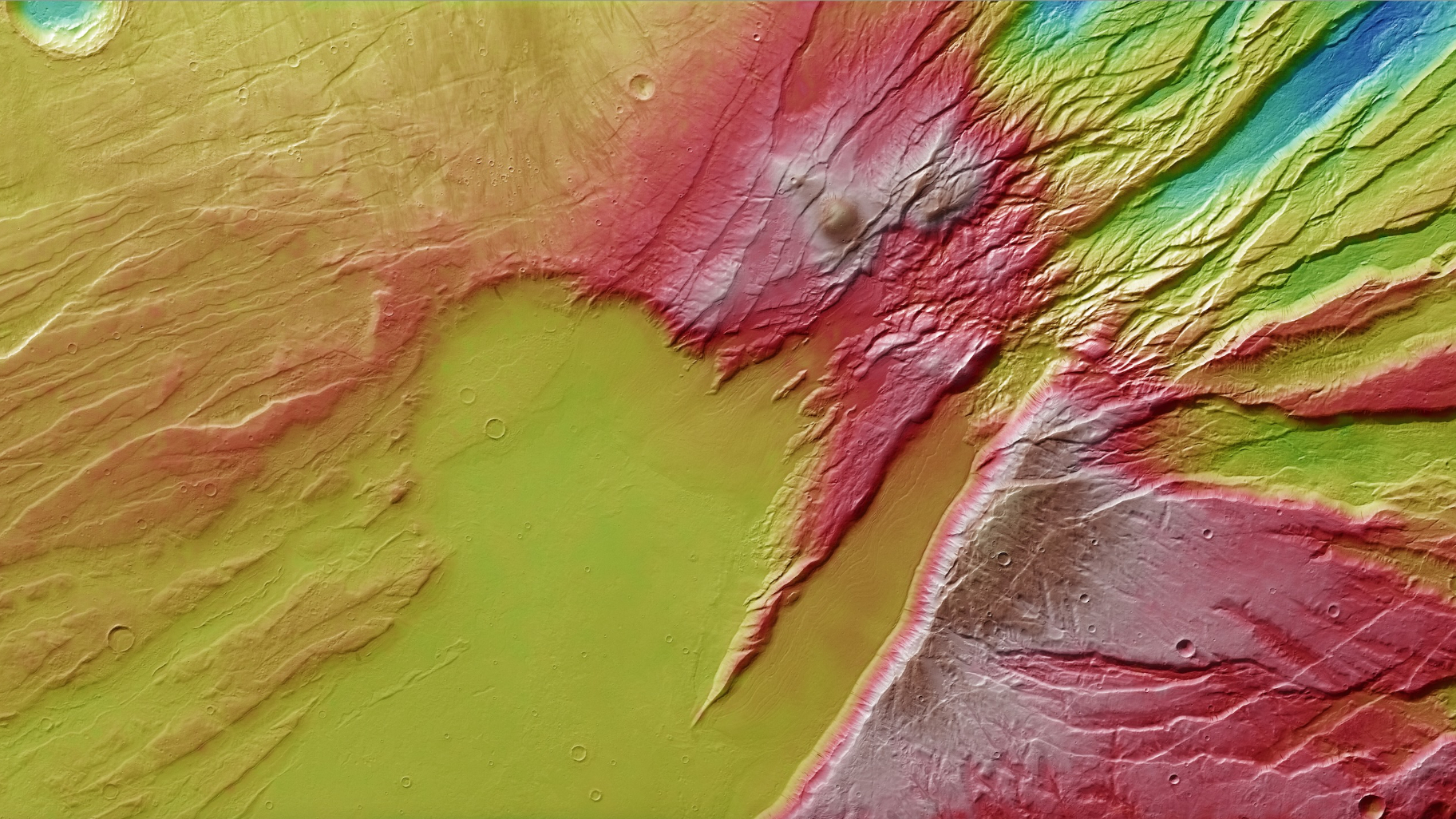A private Japanese lunar lander is now in orbit around the moon. The Resilience spacecraft, which was built by the Tokyo-based company ispace, arrived at the moon on schedule Tuesday (May 6), keeping it on target for a historic touchdown try a month from now. “First and foremost, we are extremely pleased that the Resilience lander successfully reached lunar orbit as planned today,” Takeshi Hakamada, ispace’s founder and CEO, said in a statement. “We will continue to proceed with careful operations and thorough preparations to ensure the success of the…
Read MoreTag: Solar System
What time is it on the moon? US House space committee wants a standard lunar clock
We are one step closer to getting a lunar time zone this week, as a bill passed out of the US House Science, Space and Technology committee directs the administrator of NASA to develop a way to coordinate and measure time on the moon. The bill is titled The Celestial Time Standardization Act (or HR 2313), and was passed out of committee by a voice vote on Tuesday (April 29). It now goes to the full House for a future floor vote. If it passes the House (and then the…
Read MoreA whole ‘population’ of minimoons may be lurking near Earth, researchers say
Earth’s minimoon may be a chip off the old block: New research suggests that 2024 PT5 — a small, rocky body dubbed a “minimoon” during its discovery last year — may have been blown off the moon during a giant impact long ago, making it the second known sample traveling near Earth’s orbit. The discovery hints at a hidden population of lunar fragments traveling near Earth. “If there were only one object, that would be interesting but an outlier,” Teddy Kareta, a planetary scientist at Lowell Observatory in Arizona, said…
Read MoreTrump administration cancels lease for NASA’s Goddard Institute for Space Studies lab in New York City
It would appear that the latest wave of U.S. federal program cuts fueled by the Trump administration has affected NASA’s Goddard Institute for Space Studies (GISS) lab in New York City, a branch of the agency dedicated to studying climate change and other Earth sciences. On Friday (April 25), news outlets such as CNN and SpaceNews reported that GISS’s lease on office space in a Columbia University building in Manhattan’s Upper West Side is set to be canceled. According to SpaceNews, an April 24 email sent to Goddard employees and…
Read MoreNew moon of April 2025 sees Venus and Saturn join up in the sky this weekend
The new moon occurs April 27, and a day later Venus and Saturn will make a close approach to each other (known as a conjunction) in the predawn sky. To make a new moon, you need to line up the sun, moon and Earth. From the earthbound observer’s viewpoint, the sun and moon are at the same celestial longitude, a projection of the Earth’s longitude lines on the sky. Most often the moon passes above or below the sun but at times it passes directly between the sun and Earth,…
Read MoreNASA’s Lucy probe will fly by the asteroid Donaldjohanson on Easter Sunday
Easter Sunday certainly won’t be a day of rest for the astronomy community. All eyes will be on NASA’s asteroid-studying Lucy spacecraft, which is due to have a close encounter at 1:51 p.m. EDT (1751 GMT) on April 20, 2025. Launched in 2021, Lucy is on a 12-year journey to the orbit of Jupiter, during which the probe will perform flybys of eight Trojan asteroids in a quest to learn about the origins of the solar system, searching for elements that could spark the rise of life. But before Lucy gets…
Read MoreCould Mars volcanoes have supported ancient life on the Red Planet? Well, maybe
While most people searching for signs of alien life these days might have their eyes on the exoplanet K2-18b, one team of researchers is keeping their sights a little closer to home. Texas A&M researcher Michael Tice and a team of international scientists have revealed new clues about Mars’ potential to have supported life, thanks to data collected by NASA’s Perseverance rover. Since 2021, Perseverance has been exploring Mars’ Jezero Crater, using its mobile laboratory to support the work of scientists around the world. Tice and his team, in particular,…
Read MoreNew photos from European Mars orbiter show dynamic, volcanic Red Planet terrain
The European Space Agency (ESA) just released some new snapshots from its Mars Express orbiter that detail the dynamic terrain of the Red Planet’s Acheron Fossae region. One of the photos shows trough-like features called “grabens,” which run about 500 miles (800 kilometers), or roughly the length of Germany. They were shaped from ancient volcanic activity that twisted the surface of Mars almost four billion years ago. Flowing lava from the nearby Alba Mons volcano (not pictured) is likely responsible for the smooth region in the bottom center of the…
Read MoreEaster is coming late in 2025, astronomically speaking. Here’s why
Saturday night (April 12) brings us the April full moon, which traditionally is known as the “Pink Full Moon.” The Native Americans who once occupied the northern and eastern United States kept track of the seasons by attaching distinctive names to each full moon that occurred at approximate 29-day intervals during the course of the year The “Pink Moon” name is rather deceptive, however, because it might initially give some the idea that on that particular night the full moon will appear to glow with a pinkish or salmon hue.…
Read MoreThe newest GOES weather satellite in NOAA’s fleet is now fully operational (video)
The final satellite in NOAA’s GOES-R weather satellite series has a new place in orbit … and a new name. The GOES-19 weather satellite, which launched into orbit in June 2024, has officially taken the place of its predecessor GOES-16 to watch over the Western Hemisphere from its perch 22,236 miles (35,785 kilometers) above us. To mark the milestone, the satellite has the new name of GOES East to serve as the dominant geostationary satellite in the fleet, NOAA officials said in a statement. “With GOES-19 now in operation, NOAA…
Read More